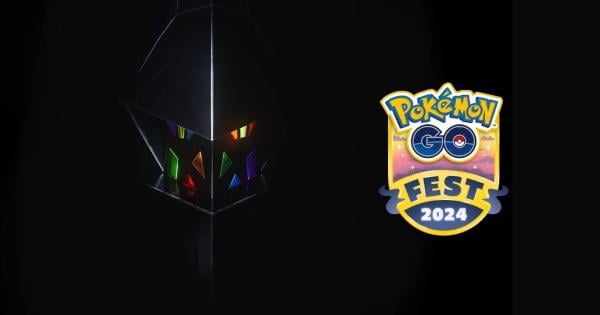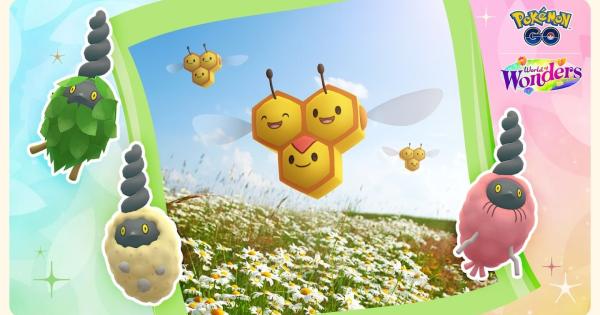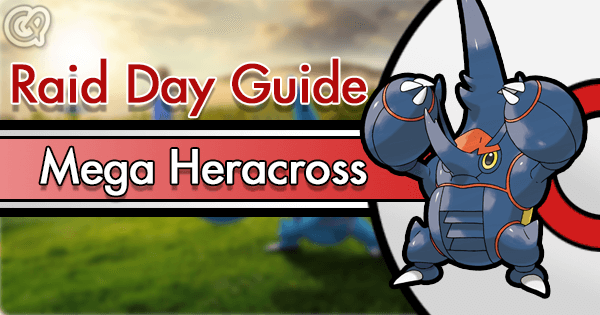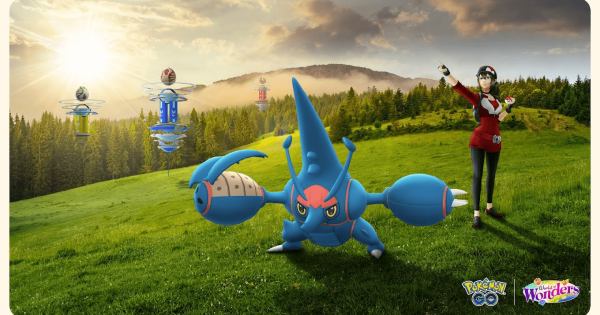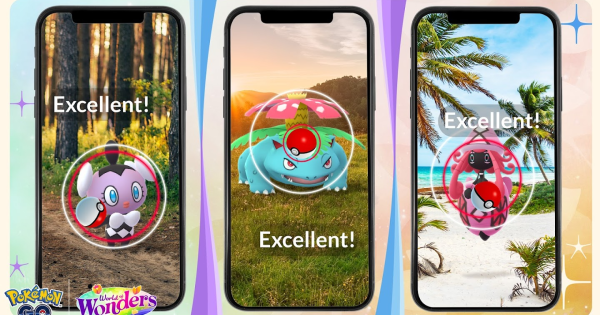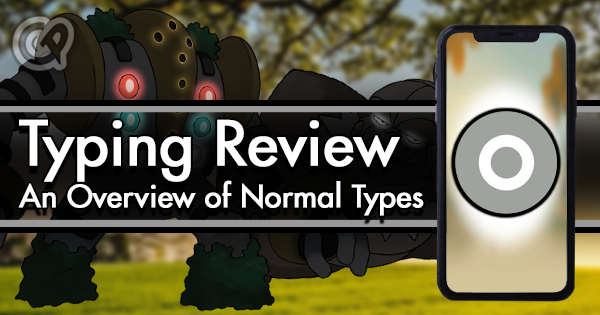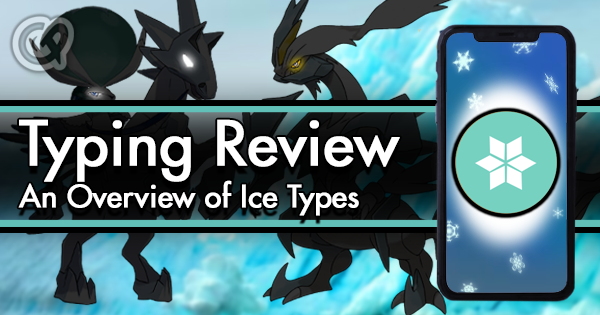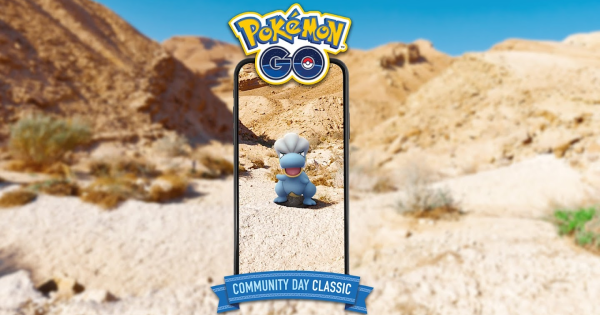Introduction
Since the very beginnings of Pokemon GO 2 years ago, players clamored for the ability to trade their Pokemon - an integral mechanic of the Pokemon franchise. Many did not believe that trading would ever be implemented, given the potential for abuse of the system. What would stop the creation of a side market - using real money - for the exchange of high IV specimens of coveted Pokemon?
Niantic gutted this possibility by randomizing both Pokemon’s IVs on trade and preventing traded Pokemon from being traded again. Instead of a means to shift high IV Pokemon between accounts, trading is more of a one-time chance to re-roll a Pokemon’s IVs. It’s also the only way to obtain lucky Pokemon, which have a 50% discount on Stardust costs for power-ups. This article presumes that you have a stable trading partner.
Mechanics
Traded Pokemon randomize their IVs over a range dictated by the trainers’ friendship level. Traded Pokemon randomly become lucky independent of friendship level. The maximum IV is always 15; the minimum IV is listed below:
| Friend Level | Good | Great | Ultra | Best | Lucky |
|---|---|---|---|---|---|
| Minimum IV | 1 | 2 | 3 | 5 | 12 |
| 100% IV Ratio | 1/3375 | 1/2744 | 1/2197 | 1/1331 | 1/64 |
Disregarding the possibility of lucky Pokemon, the likelihood of obtaining a 100 IV specimen (or above any arbitrary IV threshold) substantially increases with higher friendship level. At best friends, you’re almost twice as likely to obtain a high IV specimen than at great friends, and 2.5 times as likely to obtain a high IV specimen than at good friends.
Lucky Pokemon have the same IV range as egg hatches and raid bosses. This, in conjunction with their halved power up Stardust cost, makes them potent options for creating a battle-ready team. Per Niantic, Pokemon caught further in the past have a higher chance of becoming lucky. The specifics are unknown at this point and TheSilphRoad is conducting a study to elucidate how catch date affects chances for lucky transformation.
Based on preliminary research, if both traded Pokemon are caught on the same day, the chance of lucky transformation is roughly 10% (95% confidence interval: 5.6% to 14.0%).
Recommendations
Because Pokemon can only be traded once, players must make decisions about what and when to trade. These are best summarized in a series of questions.
Should I wait until best friends before trading for IVs?
-
Would I benefit immediately from having this Pokemon?
-
Is Pokemon storage space a problem for either party?
-
Will a future trade be impossible (moving, travel, etc.)?
If the answer is yes to any of the questions, then trade now. Otherwise, hold off until reaching best friends to maximize the chance of obtaining a high IV Pokemon. Waiting will also age the Pokemon, increasing the likelihood that it will become lucky.
What Pokemon should I hold on to trade for IVs?
-
Pokemon on the Attackers Tier List
-
Pokemon that have Gen 4 evolutions
-
Community Day candidates (starters, Bagon, Beldum)
Suggestions aren’t strictly limited to the above. Consider holding on to meta-irrelevant legendary Pokemon, as they may become relevant with changes to the game.
I got a lucky Pokemon. Should I power it up?
It depends. It costs 270k Stardust to power up a Pokemon from level 1 to level 40, which is cut in half to 135k for a lucky Pokemon. This is less than the cost of powering up an unlucky Pokemon from level 31 to level 40. However, candy costs are unchanged for lucky Pokemon, which renders powering up low-level rare species (Bagon, Beldum) unappealing even if lucky. So if the lucky Pokemon meets your IV threshold and isn’t rare, then power it up!
If the lucky Pokemon has only okay IVs, then the decision depends on your goals. Powering up a lucky Pokemon from level 30 to 40 costs the same as powering up an unlucky Pokemon from level 20 to 30 (and a lot more candy). This is a non-trivial investment, but it’s a good choice for players who, for example, need to complete a Machamp team for duoing Tyranitar.


